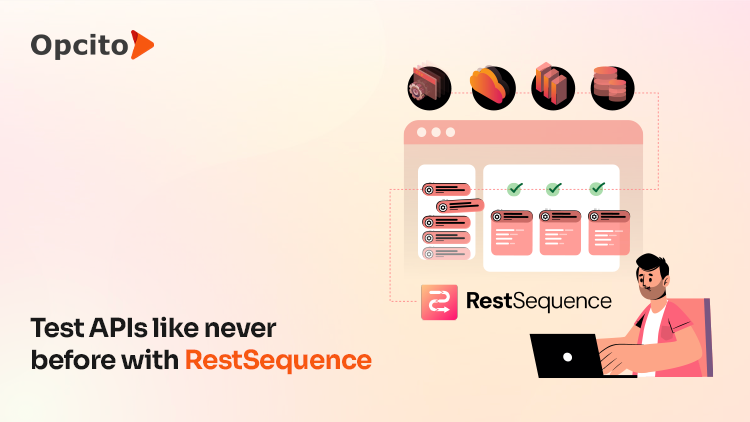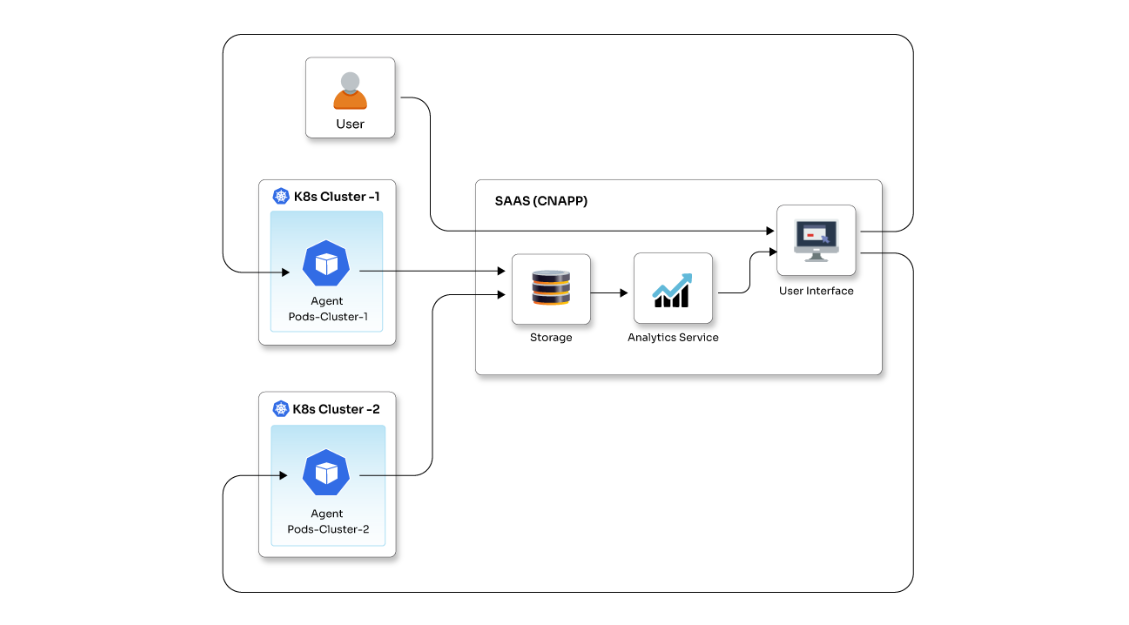Although the term was introduced at the start of the 20th century, the SaaS market is older than we think. Application as a service, as some of us used to call it, can be dated back to the 1960s, to the times of utility computing. Some of the old-school examples include emails and other messaging services, online office tools, customer management software such as CRMs, ERPs, accounting applications, etc. And now, the popular ones include Zendesk, Office365, Salesforce, Google Apps, Dropbox, Slack, etc. The term itself gained much traction with the rise of the cloud. Cloud started with the trio of IaaS, PaaS, and SaaS, and that is when everyone reached a conclusion as to what we are going to call this service, which is a multi-billion-dollar market now.
SaaS allows you to utilize all the things an application has to offer without the trouble of unwanted time and hardware resources consuming installation setups. And with the cloud fruition, you can combine SaaS with all the benefits such as:
- Scalability – dynamic allocation of resources as and when required
- Accessibility and mobility – access applications irrespective of your workstation proximity with your data stored in the cloud and mobile device compatibilities
- Availability – ensuring optimized performance and uptime
- Automation – reduced manual efforts and time with the possibility of automating everything.
What is SaaSOps? And why do you need it?
The end goal of any IT service or application is the same – performance, security, reliability, and cost-effectiveness. DevOps thrives on the principle of delivering all these in a formulated way to speed things up. For a successful DevOps strategy, it is very important that your Operations folks are in sync with every process in the development cycle. The same is the case with SaaS. Organizations are becoming more and more SaaS dependent, and slowly the IT world is moving towards 100% SaaS. For every development stage, you have a SaaS, and for all-day operations, you have SaaS. All this SaaSification is leading to a scenario where you need a special something or someone to manage these applications. And when you say managing these applications, you don’t only mean completing signing up formalities with a new user for your SaaS and granting him access, but it means you need to take care of all the “behind the scene” activities to keep the application up and delivering beyond the customer expectations. And this is what SaaSOps is all about.
New roles in organizations with SaaSOps
Typical SaaSOps functionalities include- managing the infrastructure and provisioning, integrating the monitoring and security procedures, administering the processes and ensuring the day-to-day operations, aligning these operations with the business goals, transitioning routine procedures with automation tools and third-party applications, setting rules and thresholds, configuration settings, handling the user signing ups and login processes. Maintaining all these operations means you need a workforce or a SaaSOps team. The size of the SaaSOps teams may vary depending on the application and user-base size, but a typical team will have operations managers, network admins, database administrators and analysts, and SaaS admins. These people are responsible to ensure the mission-critical operations, security, and monitoring of SaaS operations and to help them are all the tools.
SaaSOps monitoring and security
Nowadays, in IT, everything revolves around one term - security. SaaS is no exception to that. In the past, we had all the applications in the on-premise set-up, which were easy to protect with a firewall or through VPNs. But the cloud, virtualization techniques, and free public access make it difficult, or we can say exposes the application and related operations to a continuous threat. Typically, these threats include SaaS application or system vulnerabilities, data theft, spyware attacks, human errors, etc. Thankfully like most IT, SaaS is evolving very fast to take care of this aspect. Except for the human error, which we can eliminate with proper edification, there are a number of monitoring tools that you can integrate and security practices that you can follow to ensure your SaaSOps are protected from any threats. Apart from cloud security standards, there are certain security practices and testings which we can follow that will ensure the security of SaaS operations. These are some simple practices related to access controls, data governance, security policies, response plans, and security audits that can make a huge difference to your SaaS operations' reliability. When it comes to monitoring tools, you have ample of them for everything. For monitoring and analytics, you can have New Relic and Amazon CloudWatch for AWS resources and applications that are hosted in Amazon’s cloud. Similarly, Microsoft Cloud Monitoring if you are an Azure fan, Rackspace Cloud Monitoring for applications on OpenStack cloud, VMware Hyperic for monitoring virtual and physical infrastructure, OS, middleware, and web apps, Prometheus for system monitoring and alerting, Sumo logic or Elasticsearch for log analysis, BMC TrueSight Pulse, Datadog, Unigma the list is endless.
We at Opcito have leveraged most of these tools and technologies for our customers. SaaSOps consist of many processes, such as collecting data and logs generated by various operations, defining dependencies and correlations, setting rules and thresholds, configuration settings, analyzing the logs and data, predictive analytics, root cause analysis, and auto solution implementation. Some of our customers are leading SaaS providers, and we have integrated lots of third-party tools and other SaaS-based solutions to automate the CI/CD pipeline. Most SaaS products involve lots of data and personal information. Plus, payment gateways for financial transactions, emailing and messaging service integrations, and connections with social networking accounts increase the risk, probability, and attack surface area. Opcito assisted them with security analysis, vulnerability scanning, functional scanning, and integration of third-party monitoring tools like Datadog. SaaSOps are more important than ever before because of the increasing number of SaaS players, and SaaSOps teams have the responsibility and opportunity to make systems that are highly available, security compliant and result in hosting optimization, performance, and efficiency optimization and reduce the downtimes, OPEX, security threats, the possibility of failures and time to restore. So, SaaSOps can be the key to staying one step ahead of your competition.


















